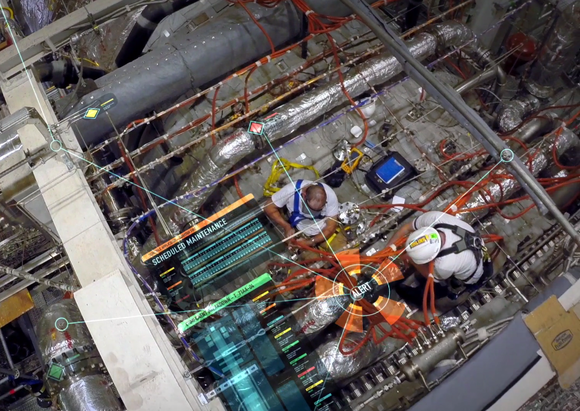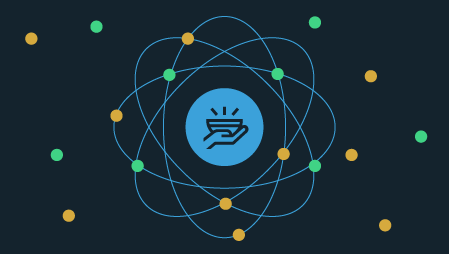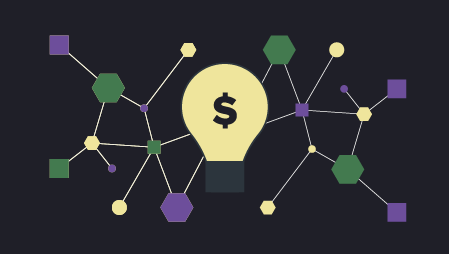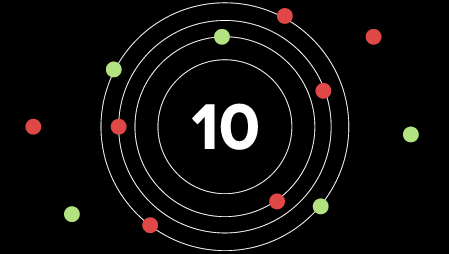Ready to learn Internet of Things? Browse courses like Internet of Things (IoT) Training developed by industry thought leaders and Experfy in Harvard Innovation Lab.
The potential for the use of digital twins is seemingly limitless. Companies can achieve better insights on product performance, improve customer service and make better operational and strategic decisions.

If your organization is planning to leverage the Internet of Things (IoT) to gather data from products and systems, see how goods are performing in the field, enhance factory production, or any other reason, it needs to become familiar with the concept of the “digital twin.”
A digital twin is a digital replica of a physical asset, process, or system that can be used for a variety of purposes. The digital representation of an object provides both the elements and the dynamics of how the object operates throughout its life cycle.
The digital twin is intended to be an up-to-date and accurate replica of all elements of a physical object for which sensor data is available. Digital twins integrate technologies including artificial intelligence, machine learning, predictive analytics, and sensor telemetry to create digital clones of live and historical performance of physical machines and idealized digital simulation models that evolve based on the data collected from real-world instances.
The more highly instrumented a device is, the more accurately its digital twin will represent its actual historical performance, leading to better analysis and simulation of its future performance.
Huge impact
How much of an impact will digital twins have? Research firm Gartner Inc. named the digital twin one of its top 10 strategic technology trends for 2017. Within three to five years billions of things will be represented by digital twins, the firm says.
“Digital twins function as proxies for the combination of skilled individuals [for example, technicians] and traditional monitoring devices and controls” such as pressure gauges, Gartner says. They add value to traditional analytical approaches by enhancing situational awareness, and enabling better predictive responses to changing conditions. Digital twins can reduce operating expenses and potentially capital expenses, by extending the life of products or assets they represent and optimizing their performance.
The proliferation of digital twins will require a cultural change, Gartner says, as those who understand the maintenance of real-world things collaborate with data scientists and IT professionals. “Digital twins of physical assets combined with digital representations of facilities and environments as well as people, businesses and processes will enable an increasingly detailed digital representation of the real world for simulation, analysis and control,” it says.
Necessary for innovation
Gartner provides some advice on how to begin using digital twins in an IoT strategy, including holding discussions between IT leaders and business unit executives about the potential business value of digital twins; and how to address the risks such as adding unnecessary complexity, dealing with security and privacy,
Digital twins will not just be a “nice-to-have” technology. They will be necessary for innovation transformation, according to research firm International Data Corp. (IDC). Essentially, digital twins are the extended application of simulation and visualization throughout a digitally transformed organization, for better communication and collaboration, the firm notes.
Digital twins are being used today in a variety of industries, including manufacturing, energy, transportation and construction. The types of products and facilities involved in digital-twin applications include aircraft engines, locomotives, offshore platforms, and wind turbines. Companies in these sectors are leveraging digital twins to optimize the operation and maintenance of these products.
That’s just a small sampling. The potential for the use of digital twins is seemingly limitless. Considering that they offer the potential for companies to achieve better insights on product performance, improve customer service and make better operational and strategic decisions, it should not be surprising that executives are keen to understand how best to employ this exciting new technology.
Three key areas
Digital twins can provide exceptional value for enterprises in three main areas. The first is in driving improvements in the manufacturing process. Companies can use digital twins throughout the manufacturing phases—from initial design to completed product—to make sure the observed performance of the manufactured product conforms to the design goals. Manufacturing operations can also be optimized by efficiently predicting production line failures and fixing them before they effect target production goals.
Another area is providing efficient predictive maintenance for existing products in the field. Digital twins can provide both historical and real-time data that technicians can leverage. Predictive algorithms can provide insight into potential failures before they occur. Technicians can use the the digital twin to make remote preventative adjustments, without having to go into the field to fix the physical product. When a physical fix is required, technicians can remotely diagnose the root cause of the problem and order the necessary parts before visiting the site to perform the repair.
The third area is developing new products based on real world usage of existing products. Here, digital twins provide insights into how products are being used by customers and what changes could or should be made in new product design and manufacturing to improve market penetration and customer satisfaction.
It’s easy to see how digital twins can have an enormous impact on the way products are designed, manufactured, and maintained. Companies can reap business benefits such as reduced costs, improved customer service and new revenue-generating opportunities.
As better sensors, networks, and analytics platforms are introduced with the ongoing growth of IoT, digital twins will become more and more of a reality for companies. By gathering and analyzing the data that is generated by twins, enterprises can truly reap the benefits of IoT.




